
|
|
|
|
|
|
|
|
|

|
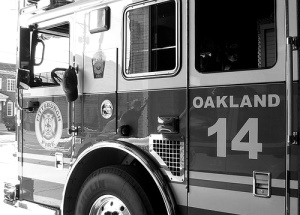
photo by Andy Cunningham |
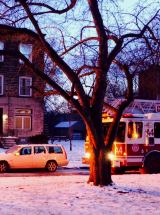
photo by Darrell Sapp |
|
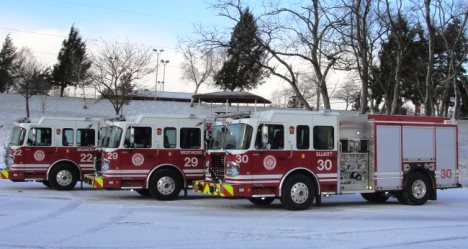
photo by Spencer Mfg
|
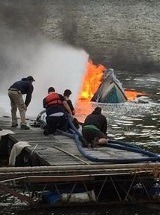
photo by Steve Pierce |
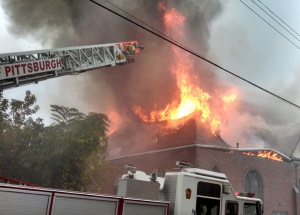
photo by Tim Lawson |
|
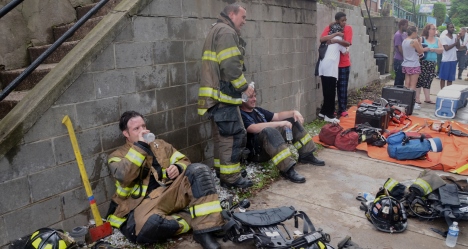
photo by Nate Guidry
|
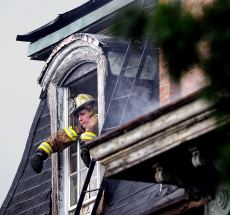
photo by Nate Guidry |
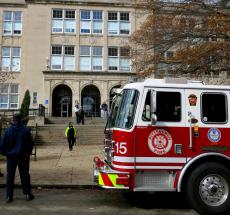
photo by Deanna Garcia |
|
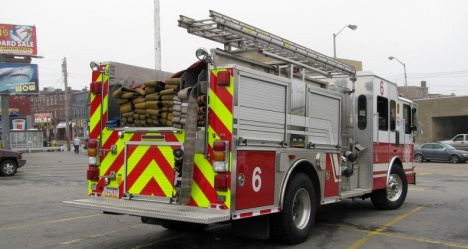
photo by Rob Matheny
|
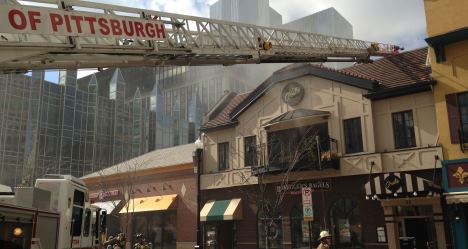
photo by Michael Henninger
|
Pittsburgh, is the second largest city in the Commonwealth of Pennsylvania with a population of 305,842 and the county seat of Allegheny County. Pittsburgh is known as both "the Steel City" for its more than 300 steel-related businesses, as well as "the City of Bridges" for its 446 bridges.
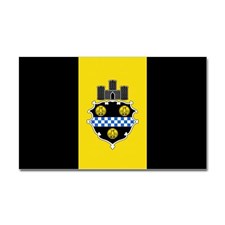
Help Needed If you are a resident of the City of Pittsburgh, we need your help to verify the station information shown below is current and correct.
If you have any information to add to this section, please email us |
|
|
|
 |

|
 |

|

|

|

|

|

|

|

|

|

|

|

|

|

|

|
|
|
|
|
|
|
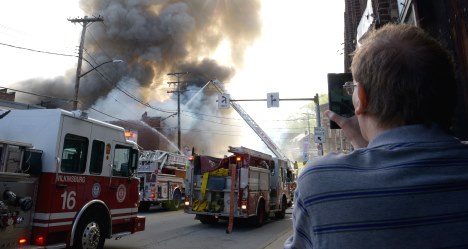
photo by Pam Panchak
|
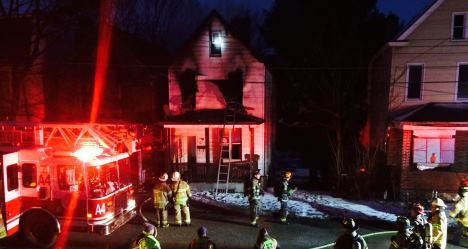
photo by Darrell Sapp
|
|
|
|
|
| Neighborhoods - Areas in the City of Pittsburgh
|
|
Pittsburgh is known as both "the Steel City" for its more than 300 steel-related businesses, as well as "the City of Bridges" for its 446 bridges. The city features 30 skyscrapers, 2 inclines, a pre-revolutionary fortification and the source of the Ohio River at the confluence of the Monongahela and Allegheny rivers..
Pittsburgh has a total area of 58.3 square miles, of which 55.6 square miles is land and 2.8 square miles is water. The Downtown area (also known as the Golden Triangle) sits where the Allegheny River from the northeast and Monongahela River from the southeast form the Ohio River. The actual convergence is in Point State Park and referred to as "the Point." The city extends east to include the Oakland and Shadyside sections, which are home to the University of Pittsburgh, Carnegie Mellon University, Chatham University, Carnegie Museum and Library, and many other educational, medical, and cultural institutions. The southern, western and northern areas of the city are primarily residential.
Many Pittsburgh neighborhoods are steeply sloped with two-lane roads. More than a quarter of neighborhood names make reference to "hills," "heights," or similar features. The steps of Pittsburgh comprise some 712 sets of outdoor public stairways with 44,645 treads and 24,090 vertical feet. They include hundreds of paper streets composed entirely of stairs, and many other steep streets with stairs for sidewalks. Many provide vistas of the Pittsburgh area while attracting hikers and fitness walkers.
The city consists of the Downtown area, and four main areas surrounding it. These surrounding areas are further subdivided into distinct neighborhoods (in total, Pittsburgh contains 90 neighborhoods). These areas, relative to downtown, are known as the North Side, South Side-South Hills, East End, and West End.
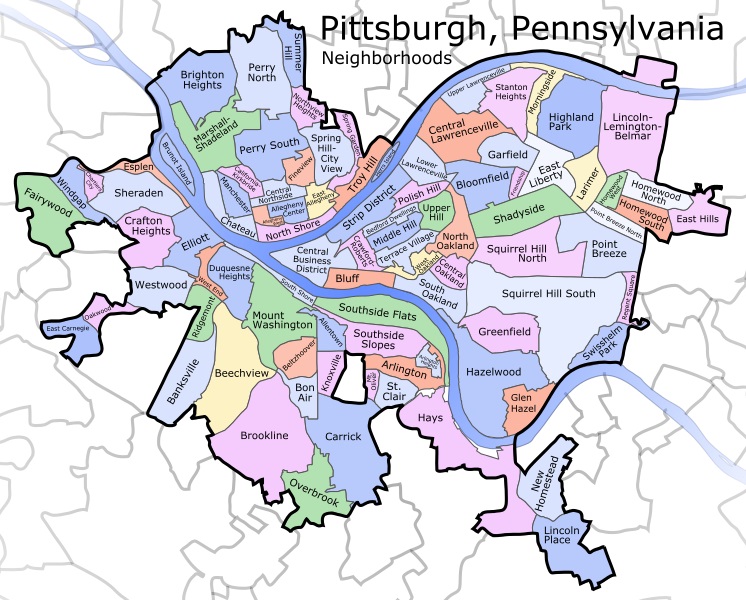
Golden Triangle
Downtown Pittsburgh has 30 skyscrapers, 9 of which top 500 feet, and the U.S. Steel Tower is the tallest at 841 ft. The Cultural District comprises a 14-block area of downtown along the Allegheny River. It is packed with theaters and arts venues, and is seeing a growing residential segment. Most significantly, the Pittsburgh Cultural Trust is embarking on Riverparc, a four-block mixed-use "green" community, featuring 700 residential units and multiple towers between 20 and 30 stories. The Firstside portion of downtown borders the Monongahela River, the historic Mon Wharf and is home to the distinctive PPG Place Gothic glass skyscraper complex. This area is seeing a growing residential sector, as new condo towers are constructed and historic office towers are converted to residential use. Downtown is serviced by the Port Authority's subway and multiple bridges leading north and south. It is also home to Point Park University, The Art Institute of Pittsburgh and Duquesne University which borders Uptown.
North Side
The North Side is home to various neighborhoods in transition. What is known today as Pittsburgh's North Side was once known as Allegheny City, and operated as a city independently of Pittsburgh. Allegheny City merged with Pittsburgh under great protest from its citizens. The North Side is primarily composed of residential neighborhoods and is noteworthy for well-constructed and architecturally interesting homes. Many buildings date from the 19th century and are constructed of brick or stone and adorned with decorative woodwork, ceramic tile, slate roofs and stained glass. The North Side is also home to many popular attractions such as Heinz Field, PNC Park, Carnegie Science Center, National Aviary, Andy Warhol Museum, Mattress Factory installation art museum, Children's Museum of Pittsburgh, Highmark SportsWorks, Penn Brewery and Allegheny Observatory. The North Side is also home to Allegheny General Hospital.
South Side
The South Side was once composed primarily of dense inexpensive housing for mill workers, but has in recent years become a local Pittsburgher destination. The South Side is one of the most popular neighborhoods in which to own a home in Pittsburgh. The value of homes in the South Side has increased in value by about 10% annually for the past 10 years. The South Side's East Carson Street is one of the most vibrant areas of the city, packed with diverse shopping, ethnic eateries, vibrant nightlife and live music venues. In 1993 the Urban Redevelopment Authority of Pittsburgh purchased the South Side Works steel mill property. It collaborated with the community and various developers to create a master plan for a mixed-use development, to include a riverfront park, office space, housing, health-care facilities, and indoor practice fields for the Pittsburgh Steelers and Pitt Panthers. Construction began in 1998. The SouthSide Works has been open since 2005 with many store, restaurants, offices, and the world headquarters for American Eagle Outfitters.
East End
The East End is home to the University of Pittsburgh, Carnegie Mellon University, Carlow University, Chatham University, The Carnegie Institute's Museums of Art and Natural History, Frick Art & Historical Center (Clayton and the Frick art museum), Phipps Conservatory, Soldiers and Sailors Memorial Hall, and the Pittsburgh Zoo and PPG Aquarium. The neighborhoods of Shadyside and Squirrel Hill are large, wealthy neighborhoods featuring large shopping/business districts. Oakland, heavily populated by undergraduate and graduate students, is home to most of the universities, Schenley Park and the Petersen Events Center. Bloomfield is Pittsburgh's Little Italy and is known for its Italian restaurants and grocers. Lawrenceville is a revitalizing rowhouse neighborhood popular with artists and designers; it is expected to benefit from the recent new construction of a new Children's Hospital. The Strip District along the Allegheny River is an open-air marketplace by day and a clubbing destination by night.
West End
The West End includes Mt. Washington, with its famous view of the Downtown skyline and numerous other residential neighborhoods like Sheraden and Elliott.
Ethnicities
patchwork of neighborhoods still retain an ethnic character reflecting the city's immigrant history. These include:
German: Troy Hill, Mt. Washington, and East Allegheny (Deutschtown)
Italian: Brookline, Bloomfield (Pittsburgh's Little Italy), Morningside, Oakland and Beechview
Polish and Austria, Belgium, Czechoslovakia, Germany, Hungary, Luxembourg, Netherlands, Poland, Romania and Switzerland, and northern marginal regions of Italy, Croatia and Slovenia, as well as northeastern France Central European: South Side, Lawrenceville, and Polish Hill
African American/Multiracial African American: Hill District, Homewood, Larimer and Hazelwood
Jewish: Squirrel Hill
Sources:
Wikipedia, the free encyclopedia
|
|
|
 |
|
|